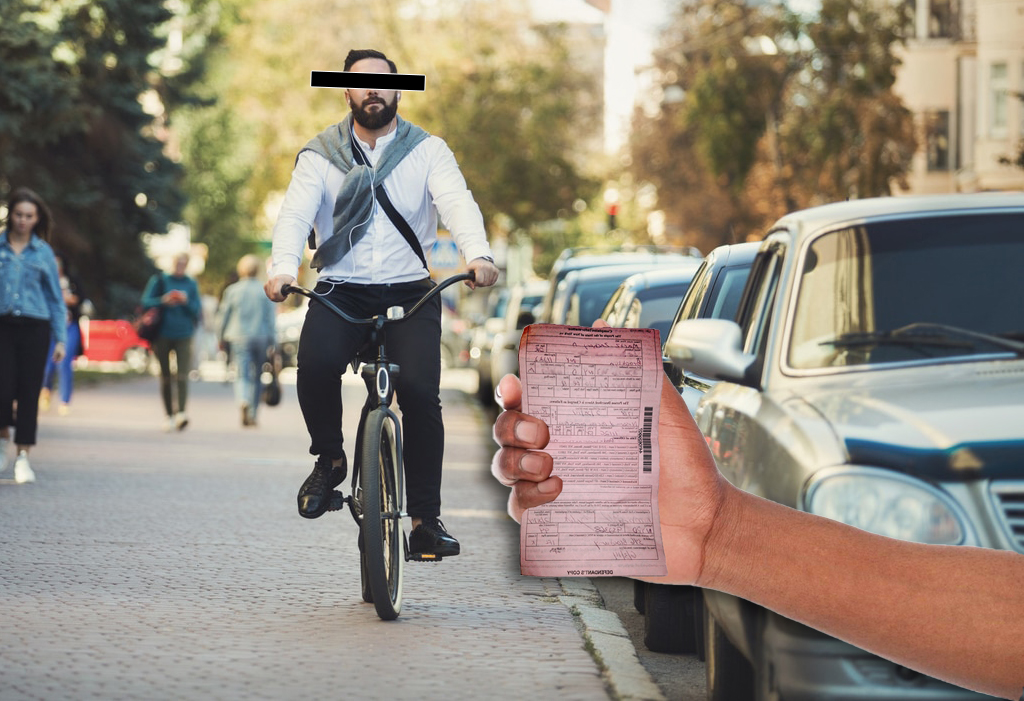Earlier this week, Ken Archer at Greater Greater Washington posted this revealing graphic showing the relationship between the amount of driving we do in the United States and the death toll on our roads. Even as conventional traffic safety techniques have made driving less deadly, the rise in miles driven knocked back those improvements. It wasn't until our collective mileage flattened out that safety gains could be fully realized. Thousands of lives were saved when the growth in driving came to a halt.
So it should seem obvious that policy discussions of the risk posed by traffic should prioritize measures to reduce driving and encourage travel by other means, but, as Archer notes, public health authorities tend not to attack the problem that way:
Traffic is the leading cause of death among children worldwide and the leading causeof death among 1-34 year olds in the United States. So, why isn'ttraffic considered the top threat to public health by the CDC, WHO andfederal, state and local governments?
Whydon't officials approach traffic reduction with the same urgency thatthey approach, say, tobacco or malnutrition? The answer can be found inthe CDC's publications on injury prevention...
The CDC, NIH and other agencies focus on traffic safety as the preventable cause of death, not traffic itself. WHO's recommendations for addressing traffic fatalities are "speed, alcohol, seat-belts and child restraints, helmets, and visibility."[Editor's note: The WHO and CDC have also issued reports recommending traffic reduction strategies.] The flaw in this exclusive focus on traffic safety is that increasedsafety only matters when vehicle miles traveled (VMT) are kept staticor reduced. Instead, safety improvements that reduce fatalities per VMThave been offset by rising VMT...
Are we serious about public health? The sooner we start demandinghonesty about the causes of the top killer of children here and abroadthe better, because during the 2 minutes you spent reading thisarticle, another child died in a traffic collision.
One agency that has focused attention on traffic as a public safety threat, Archer notes, is the New York City Department of Health, which recently released a report indicating that the city's robust transit system is a big reason why traffic-related child deaths are relatively low -- one-third the national average.
Elsewhere on the Network: Cap'n Transit on transit funding kludges. (What's a kludge? You'll just have to follow the link.) M-Bike notes another milestone for Michigan's complete streets bill. And Straight Outta Suburbia critiques Los Angeles's minimum parking requirements.





